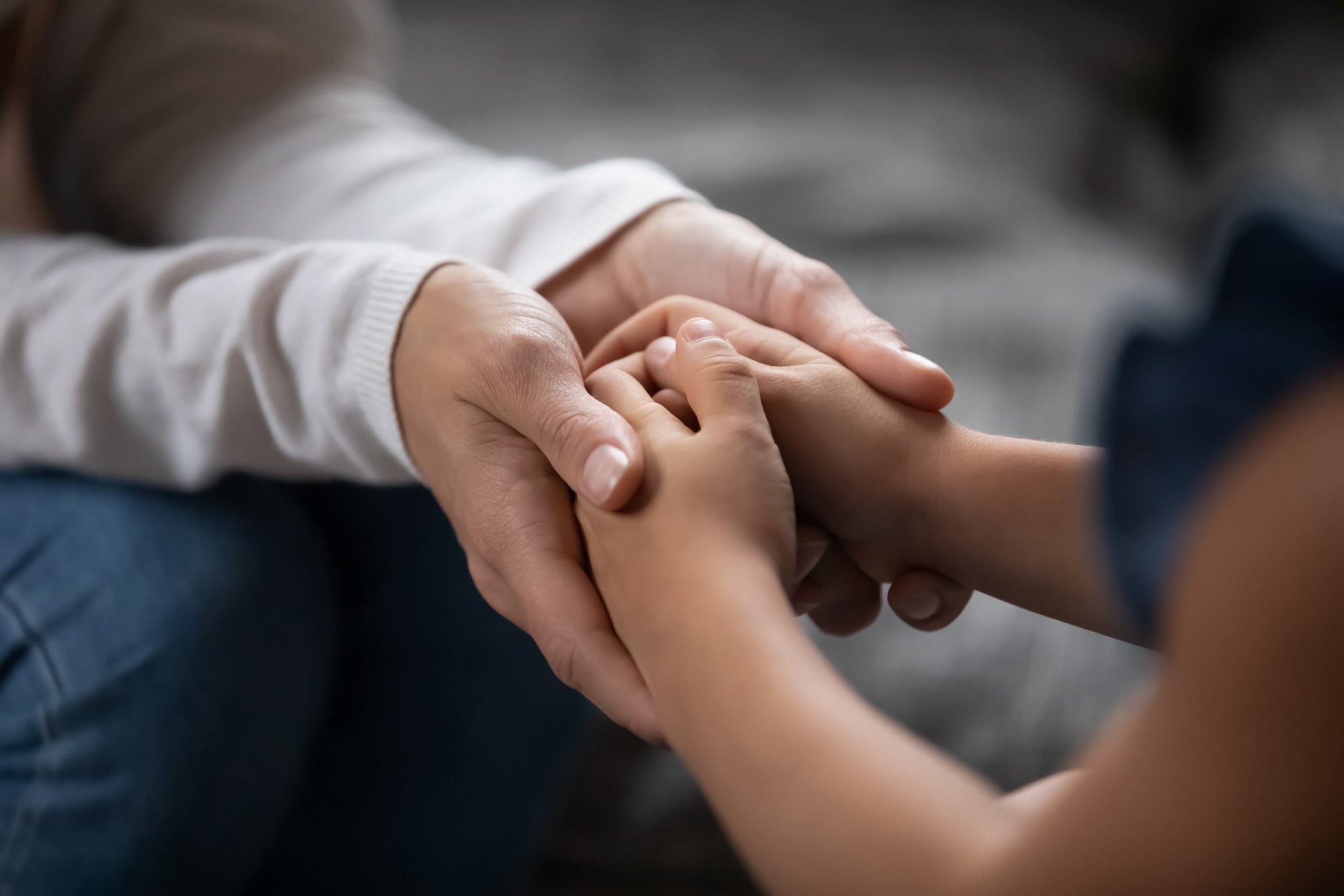A recent Pediatric Research study assessed whether social adversity affected the biomarkers of inflammation and stress in children.
 Study: Associations between Social Adversity and Biomarkers of Inflammation, Stress, and Aging in Children. fizkes/Shutterstock.com
Study: Associations between Social Adversity and Biomarkers of Inflammation, Stress, and Aging in Children. fizkes/Shutterstock.com
Background
Social adversity is associated with overall poor health and low emotional state in children. Social risk factors, such as low family income and adverse childhood experiences, have a cumulative effect on child health.
Recent studies have shown that variation in biological markers helps better understand biological pathways that are influenced by social adversities. These biomarkers could be targeted to develop novel interventions to alleviate the disease outcomes.
Social adversity is measured by assessing the activation of biological stress, which can be estimated through the levels of biomarkers of inflammation, neuromodulation, epigenetic processes, and neuroendocrine function. Several studies have highlighted that stress activation affects multiple biosystems.
In previous studies, scientists have identified gaps in understanding the association between childhood social adversity and biomarkers of stress.
About the study
The current study addressed the aforementioned gap in research by exploring the association between social adversity and biomarkers of epigenetic aging, neuromodulation, inflammation, and neuroendocrine function. It was hypothesized that children who experienced social adversity would have elevated levels of inflammatory biomarkers, accelerated epigenetic aging, and low levels of endocannabinoid biomarkers, compared to those who experienced relatively less social adversity.
Caregivers of pediatric patients based in acute care pediatric clinics in Northern California were recruited. Some of the eligibility criteria of participants included familiarity with the child’s household environment, having provided care to a child between the ages of 0 and 17 years, and ability to speak English or Spanish.
In the baseline survey, caregivers filled out a questionnaire using Research Electronic Data Capture (REDCap). The caregiver was asked about the patient and their own sociodemographic characteristics and the family’s social risks.
The families were randomly assigned to two intervention groups after collection of cheek swabs, saliva, and hair samples from the child for biomarkers measurement and baseline survey. The highest education level of the caregiver was recorded.
Saliva samples were analyzed for inflammatory markers, such as interleukin-1β (IL-1β), IL-6, IL-8, and tumor necrosis factor-alpha (TNF-α) biomarkers. Hair samples were used to quantify endocannabinoids and steroid hormones and their precursor. Cheek swab samples were used for genome-wide DNA methylation and Pediatric-Buccal-Epigenetic (PedBE) estimations.
Study findings
Based on the eligibility criteria, a total of 537 participants were recruited in this study. The average age of the child participants was 6.3 years and the majority of them were Hispanic and female in good health. The majority of caregivers were between 25 and 44 years of age and spoke Spanish. Around 50% of the caregivers had a high school degree or more.
A significant association between cumulative social adversity and inflammation, based on estimated cytokines, was observed in children. Consistent with the study hypothesis, higher levels of inflammation biomarkers were present in children who experienced social adversity.
This finding supports previous studies that stated social adversity influenced the clinical well-being of children and highlighted the need to identify social adversity and address the social needs of these children.
Consistent with previous meta-analyses, this study estimated elevated levels of C-reactive protein (CRP) and IL-6 in children who experienced adverse social conditions. In addition, children with two or more cumulative social adversities exhibited low cortisol levels, compared to those children who were without any social adversity experience.
In contrast to the findings of previous studies, this study did not find any association between specific types of social adversities and cortisone levels. However, a decrease in cortisone was observed when cumulative social adversity was higher.
It must be noted that other than cortisone and cortisol, no other steroids were affected by specific or cumulative social adversity. A larger and more diverse study sample is required to better understand the association between steroids and stress exposure.
Interestingly, there was no stable link between endocannabinoids and specific/cumulative social adversity. This finding indicated that social adversity does not affect stress response based on neurotransmitters.
Similarly, no consistent relationship was observed between social adversity and endocannabinoid levels and no robust association was found between the PedBE clock and specific/cumulative social adversity. This finding implies that PedBE may not be a biomarker for social adversity in children.
Conclusions
The current study has several limitations that include the analysis of participants from a single center of urban settings. This limited the generalizability of the study findings. Since measures of social adversity and biomarkers were obtained cross-sectionally, the association between them could not be established.
Despite the limitations, this study indicated that a higher cumulative social adversity was linked with elevated levels of inflammation and decreased levels of cortisol. Future research must focus on determining biological pathways influenced by social stress that affect child health.